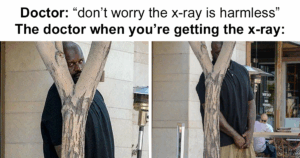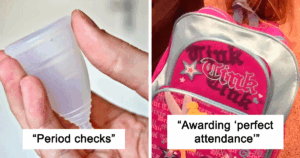“Unraveling the Mystery: Why Italy Escaped a Post-War Reckoning for Its Atrocities”
Mr Tessema had a different perspective:
âIf the prisoners fell ill, the captain said it would have been better for them to die. And he killed them with an injection of strychnine and arsenic. Others, who came to him to be treated, were restrained and subjected to surgery against their will.â
And as for that âperfect dietâ much vaunted by the captain, this actually consisted of hardtack, maggot infested rice and polluted water from the campâs only well, perhaps Dhanaaneâs greatest killer. Overall mortality at this camp was estimated by Giuseppini and Herzogâs research at 3,175 deaths.
While that might seem like a small number, it should be noted that Dhanaane was a relatively small facility, which housed a total of 6,500 prisoners while in activity. This puts the death rate at a staggering 49%.
The second example was the brainchild of General Mario Roatta, âthe Black Beastâ. As the head of the Italian Second Army stationed in Yugoslavia, in May 1942 Roatta ordered the construction of a concentration camp on the island of Rab, Croatia. By October, Roatta had ordered some 8,260 prisoners, mostly Slovenian partisans and dissidents, to be housed in the camp, long before construction had been completed. As a result, the internees were crammed into improvised tents or dilapidated shacks, and all with the horrible sanitary conditions.
Italian guards ensured prisoners stayed in line via frequent beatings. But as with Dhanaane, the chief murderers were exposure and malnutrition, brought about by a daily menu of just 80 grams of bread, and a bowl of soup cooked inside fuel drums. Starvation was such a rampant issue that even Fascist Party official Emilio Grazioli filed a complaint with the Second Army in December 1942. General Gambara, from Roattaâs staff, replied that it was, to quote, âRight for a concentration camp not to become a âfattening campâ. A sick individual is a subdued individual.â












